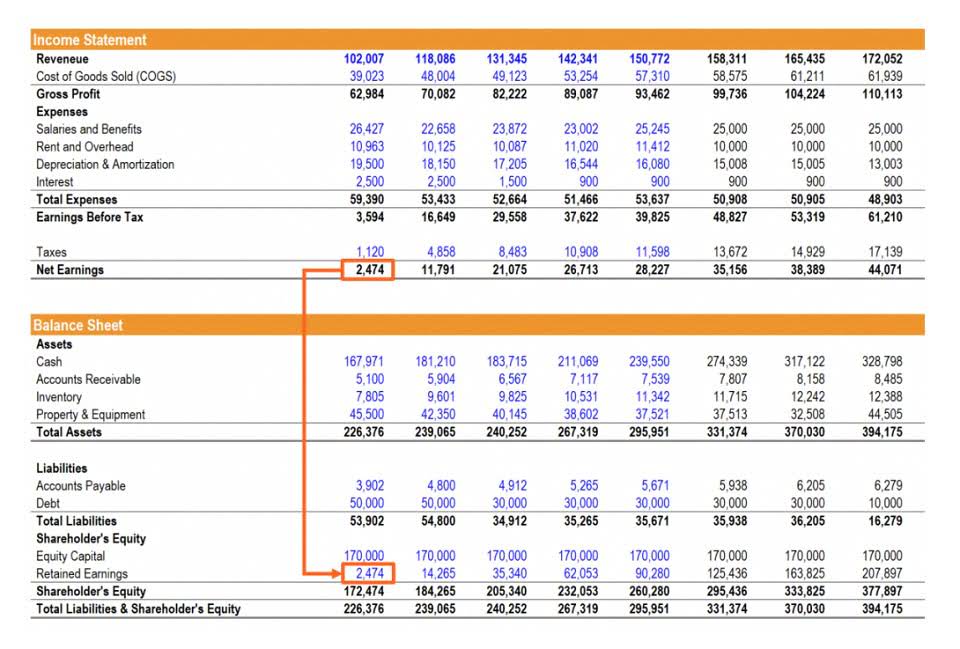
Consider prepaid insurance, where a company pays a premium for 12 months of coverage upfront, creating a “prepaid insurance” asset. Each month, a portion of this asset is moved to “insurance expense” on the income statement as the coverage is used. Fyle simplifies expense management with automation, ensuring seamless categorization and efficient tracking. By accurately distinguishing between liabilities and expenses, businesses can achieve a clearer financial picture and make informed decisions with confidence. Capital expenditures (CapEx) are investments in long-term assets like property or equipment, while regular expenses are short-term operational costs.
Nephrite vs. Jadeite: Key Differences in Types of…
Examples of current liabilities may include accounts payable and customer deposits. Expenses are reported on a company’s income statement, where they are subtracted from revenues to determine net income or loss. Common examples include employee salaries, rent, utility bills, and marketing campaigns. For example, paying for a magazine advertisement is an expense because the cost is tied to the effort of generating sales within that period. An are expenses liabilities immediate cash payment for office supplies is another straightforward example. When a company records an expense, it most obviously appears within a line item on the income statement.
Taxes

Revenue and expenses, https://olafika.com.na/franchise-tax-board-homepage-ftb-ca-gov/ meanwhile, are the drama queens of the income statement. They’re all about performance—revealing whether your business is rolling in dough or barely scraping by. Understanding the difference between the balance sheet vs income statement is key to mastering your financial statements. Companies segregate their liabilities by their time horizon for when they’re due. Current liabilities are due within a year and are often paid using current assets. Non-current liabilities, due in over a year, typically include debt and deferred payments.
- Unpaid balances can lead to more charges over time, including late fees and increased interest rates.
- A company may have taken out liability insurance to protect against these financial risks.
- The current/short-term liabilities are separated from long-term/non-current liabilities.
- Liabilities are like long-term commitments, while expenses are the day-to-day costs that keep the business engine running smoothly.
- This article clarifies these accounting elements, explaining their individual characteristics and how they interact within a company’s financial records.
- The company may be charged interest, but it won’t pay for it until the next accounting period.
Routine Accrued Liability
Record the interest expense on your income statement, and adjust the loan balance on your balance sheet accordingly. When you QuickBooks ProAdvisor borrow money, record the liability by recognizing the amount you owe. Start by entering the full loan amount as a liability on your balance sheet under Notes Payable or Long-Term Liabilities, depending on the loan’s term.


These debts typically become due within one year and are paid from company revenues. Accrued and prepaid expenses are, however, similar in that they are often expensed over multiple periods using the accrual basis of accounting. For example, in the case of an accrual, the usage period may cover several months before an invoice is received. Likewise, for a prepaid expense, the company may make a prepayment in full for a service that is actually incurred over a period of several months.
- For investors, business owners, or anyone reading financial statements, distinguishing between them aids in assessing risk, value, and stability.
- These are not obligations that businesses need to pay after a certain time, unlike liabilities.
- Liabilities, in general, refer to obligations or debts owed by a business or individual to another party, usually payable at a future date.
- These withdrawals are recorded as debits, because they decrease equity.
- This gap is an indicator that an expense has been incurred and an accrual is necessary.
- This line item includes all of the company’s intangible fixed assets, which may or may not be identifiable.
However, the current portion of this loan, which represents the amount payable in the upcoming year, will be presented under current liabilities. Expenses directly reduce a company’s net income, which, in turn, reduces owner’s equity. This impact reflects the cost of doing business and consuming resources.
Liabilities, while not directly reducing equity in the same way, impact equity indirectly as they represent claims against a company’s assets that must eventually be settled. For instance, receiving upfront payment for a service creates an unearned revenue liability; only when the service is delivered does that liability convert into revenue. Each item touches cash within twelve months, so lenders watch them closely. So there you have it—expenses are the unsung heroes (or perhaps the villains) of your financial narrative.
Operating vs. non-operating expenses
The money is spent to operate the business now, and the cost will appear on the income statement. While liabilities represent what a company owes, assets represent what it owns or controls, which provides economic value. Assets and liabilities are opposite sides of the balance sheet equation, with assets driving business growth and liabilities often funding that growth. Properly identifying and recording these types of accrued expenses is crucial for ensuring the accuracy of a company’s financial statements and compliance with GAAP. Liabilities represent a company’s obligations to external parties arising from past events, requiring a future sacrifice like transferring assets or providing services.
- While expenses and liabilities are distinct accounting concepts, they can intersect in certain situations.
- Properly tracking them ensures accurate financial reporting and stability.
- This article will clarify all your doubts regarding expenses and liability accounting and explain to you how to manage your accounts with a clear insight.
- Improve financial stability by tracking income and balancing payments on your balance sheet.
- In this section, we will explore some practical applications of accruals.
- In this case, the company has successfully generated a profit of $30,000 after covering its expenses.
These liabilities can impact a company’s financial statements significantly by altering its net income and cash flows. One common type of long-term liability is long-term debt, also known as bonds payable. Companies issue bonds as a form of borrowed capital that must be paid back with interest over an extended period. Long-term debt can significantly impact a company’s debt-to-equity ratio and affect its ability to generate cash flows for meeting operational needs. In conclusion, liabilities serve as vital tools for financing business operations, facilitating transactions with suppliers, and assessing financial performance. By analyzing a company’s liability structure, one can gain insight into its overall financial position, liquidity, solvency, and profitability.
